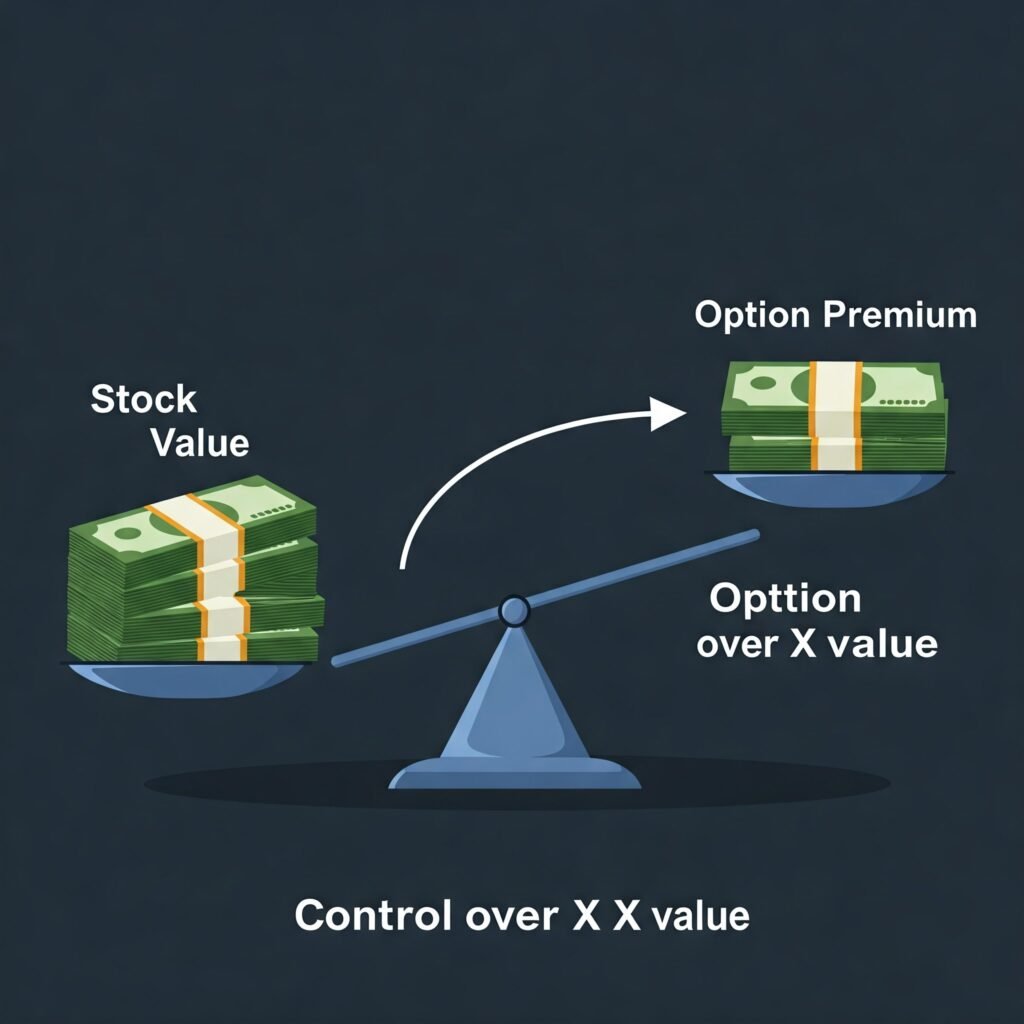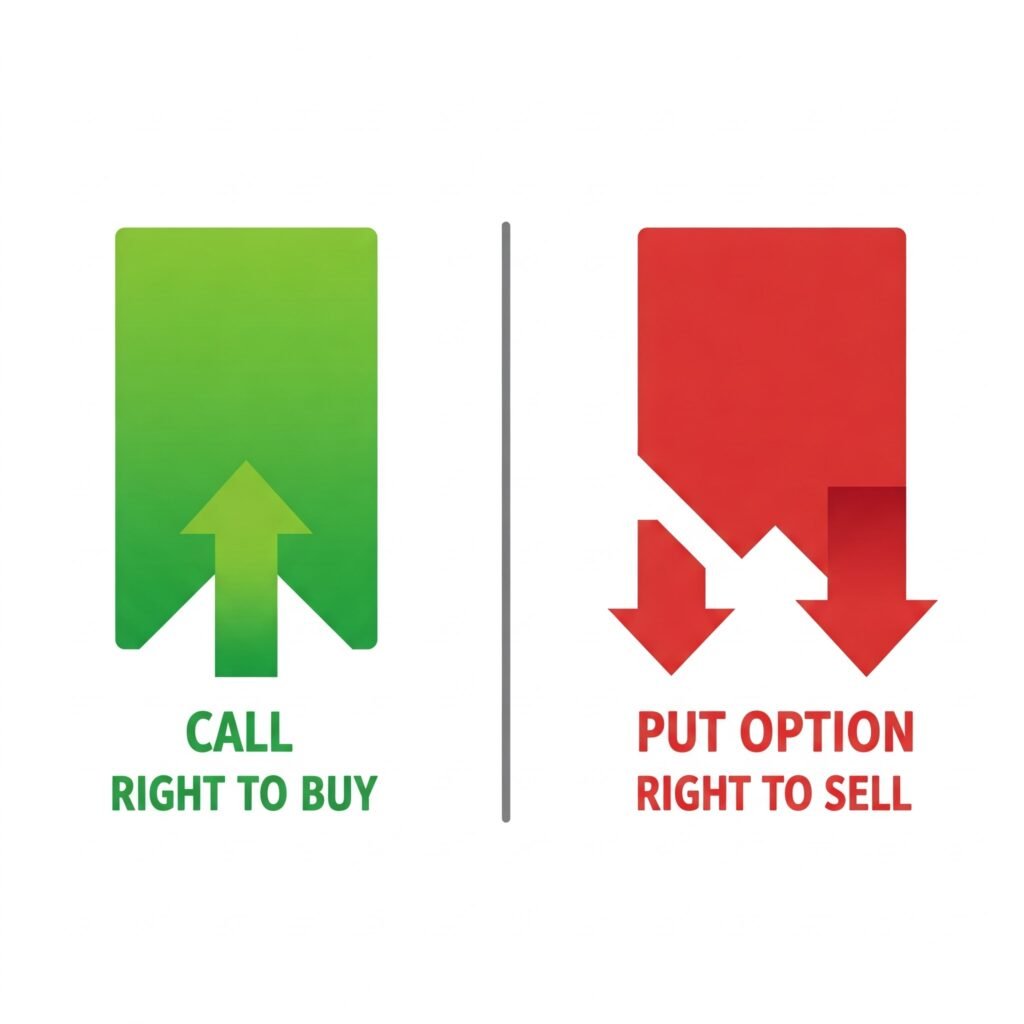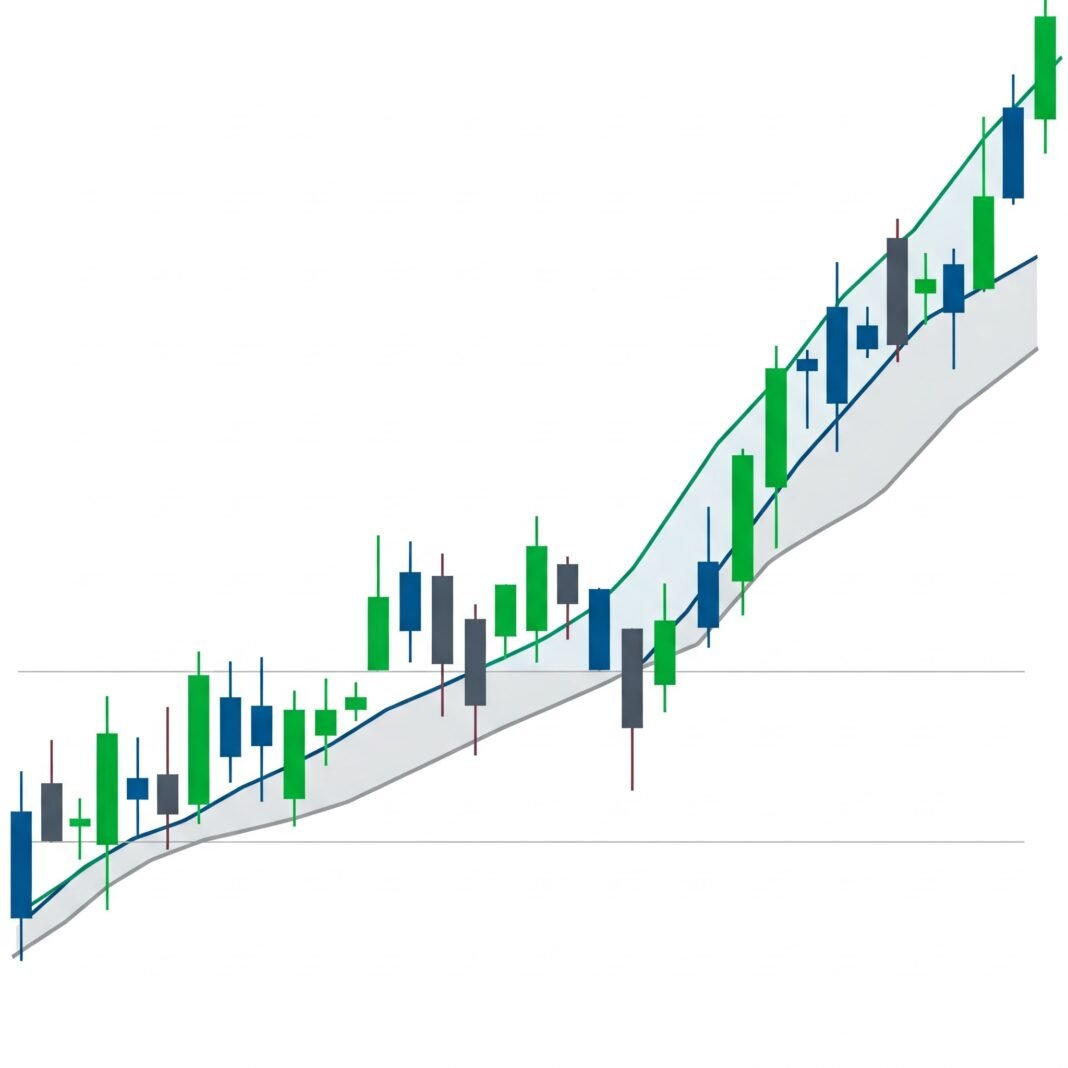Have you been watching the stock market and wondering how some traders seem to make significant returns without buying thousands of shares? You’ve likely heard whispers of something called “options trading.” For beginners, it can sound complex, even intimidating. But understanding Options Trading 101 is the first step towards potentially unlocking new opportunities in the financial markets.
This guide is designed to cut through the jargon and provide a clear, easy-to-understand roadmap for anyone starting their journey in options trading. We’ll cover the fundamentals, explain the key terms, and outline basic strategies so you can approach this market with confidence and a solid foundation. While the potential for “big gains” exists, it’s crucial to understand how options work and the risks involved. Let’s dive into the world of beginner options trading.

Understanding Options Trading Basics (Options Trading 101 Core)
At its core, options trading involves contracts. Unlike buying a stock, which gives you ownership in a company, buying an option contract gives you the right, but not the obligation, to buy or sell an underlying asset (like a stock) at a specific price on or before a certain date.
Think of it like putting a deposit down on a potential purchase. You pay a fee (the option’s “premium”) for the right to make a transaction later. If the price moves in your favor, you can exercise your right or sell the option for a profit. If it doesn’t, you only lose the premium you paid. This contrasts with owning a stock outright, where your loss is tied directly to the stock’s price drop (down to zero). This fundamental concept is key to grasping Options Trading 101.
Essential Terms in Options Trading for Beginners (Key Concepts for Options Trading)
To navigate the world of beginner options trading, you need to understand the language. Here are the crucial terms:
Calls (Understanding Call Options in Options Trading)
A call option gives the holder the right to buy an underlying asset at a specified price (the strike price) on or before a specific date (the expiration date). You typically buy a call option if you believe the price of the underlying asset will go up.
Puts (Understanding Put Options in Options Trading)
A put option gives the holder the right to sell an underlying asset at a specified price (the strike price) on or before a specific date (the expiration date). You typically buy a put option if you believe the price of the underlying asset will go down.

Strike Price (The Agreed Price in Options Trading)
The strike price is the fixed price at which the owner of the option contract can buy (for a call) or sell (for a put) the underlying asset.
Expiration Date (The Time Limit in Options Trading)
The expiration date is the date when the option contract expires and becomes worthless if not exercised or sold. Options are often referred to by their expiration month (e.g., a January 2025 call option).
Premium (The Cost of Options Trading Contracts)
The premium is the price you pay to buy an option contract. It’s also the income received by the seller of the option contract. The premium is determined by several factors, including the strike price, expiration date, the price volatility of the underlying asset, and interest rates.
The Appeal of Options Trading for Beginners (Why Consider Options)
So, why do beginners look into options trading? A major draw is the potential for leverage.
- Leverage: With options, a relatively small movement in the underlying asset’s price can lead to a much larger percentage gain (or loss) on the option’s premium compared to owning the stock outright. This is how the potential for “big gains” is often discussed. You control a potentially large value of stock with a smaller capital outlay (the premium).
- Lower Capital Outlay: Buying a few option contracts is often significantly less expensive than buying 100 shares of the underlying stock, making it accessible with less starting capital.

Navigating the Risks in Beginner Options Trading (Understanding the Downsides)
It is absolutely critical to understand that options trading is inherently risky, especially for beginners. While leverage offers potential for magnified gains, it also magnifies potential losses.
- Time Decay: Unlike stocks, options have expiration dates. As the expiration date approaches, the time value of the option erodes, a phenomenon known as “theta decay.” If the underlying asset doesn’t move favorably before expiration, the option can quickly lose value or expire worthless, resulting in a total loss of the premium paid.
- Complexity: While this guide covers Options Trading 101, the options market has many strategies beyond simple buying of calls and puts. Understanding the nuances of different strategies, implied volatility, and other factors requires significant study.
- Potential for Quick Losses: Due to leverage and time decay, you can lose 100% of your investment (the premium) in a relatively short amount of time if the market moves against you or stays stagnant.
Responsible beginner options trading involves prioritizing learning and risk management over the allure of quick profits.
Simple Options Trading Approaches for Newbies (Getting Started Strategies)
For those new to options trading, it’s best to start with the most straightforward strategies:
Buying Call Options (A Simple Options Strategy)
If you are bullish (expect the price to rise) on a stock, you can buy a call option. If the stock price rises above the strike price before expiration, your call option will gain value. You can then sell the option for a profit or potentially exercise it to buy the shares at the lower strike price.
Example: Apple (AAPL) is trading at $170. You believe it will go up. You buy a call option with a strike price of $175 expiring next month for a premium of $3 per share ($300 per contract, as one contract typically covers 100 shares). If AAPL jumps to $185 before expiration, your call option is now “in the money” and worth more than $10. You could sell the option for a profit much larger than your initial $300 investment, relative to the percentage move in AAPL itself.
Buying Put Options (Another Basic Options Strategy)
If you are bearish (expect the price to fall) on a stock, you can buy a put option. If the stock price falls below the strike price before expiration, your put option will gain value. You can then sell the option for a profit or potentially exercise it to sell shares at the higher strike price (if you own them).
Example: Tesla (TSLA) is trading at $500. You believe it will go down. You buy a put option with a strike price of $480 expiring next month for a premium of $5 per share ($500 per contract). If TSLA drops to $450 before expiration, your put option is “in the money” and worth more than $30. You could sell the option for a significant profit relative to your initial $500 investment.
These examples are simplified; actual option pricing is more complex due to factors like time decay and volatility.
[Image Placeholder: Image 3 - A visual representing risk vs. reward in options trading. Perhaps a balance scale with a small coin (premium/risk) on one side and potentially many coins (potential gain) on the other, but with the possibility of the small coin side dropping sharply.]
Getting Started with Options Trading as a Beginner (Your First Steps)
Ready to take the plunge into beginner options trading? Here’s what you need to do:
- Educate Yourself Further: This guide is Options Trading 101, but it’s just the beginning. Read books, take courses, and utilize educational resources provided by reputable brokers.
- Open a Brokerage Account: You need a brokerage account that is approved for options trading. Most major brokers offer this.
- Start with Paper Trading: Most brokers offer simulated trading accounts (paper trading). Use this extensively to practice buying calls and puts without risking real money.
- Start Small: When you move to live trading, use only a small amount of capital you can afford to lose. Don’t bet the farm.
- Develop a Plan: Know why you are entering a trade, what your target profit is, and crucially, what your maximum acceptable loss is. Stick to your plan.
You can find valuable resources on learning options trading through major financial education sites like Investopedia or the educational sections of brokerage websites like Fidelity, Charles Schwab, or Interactive Brokers. Always choose reliable sources.
Actionable Takeaways for Your Options Trading Journey (Key Steps for Beginner Options Traders)
To succeed in options trading as a beginner, remember these key takeaways:
- Knowledge is Power: Thoroughly understand how options work before you trade. Options Trading 101 is foundational.
- Risk Management First: Never invest more than you can afford to lose. Understand the maximum loss for your chosen strategy (for buying calls/puts, it’s the premium paid).
- Start Simple: Begin with basic strategies like buying calls and puts. Avoid complex spreads initially.
- Practice, Practice, Practice: Use paper trading to gain experience without financial risk.
- Patience and Discipline: Not every trade will be a winner. Stick to your strategy and manage your emotions.
Conclusion
Diving into Options Trading 101 can open up exciting possibilities for amplifying your market participation. While the potential for significant returns exists, it’s absolutely paramount to approach options with respect for the risks involved. By taking the time to educate yourself, starting with simple strategies, and prioritizing risk management, you can build a solid foundation for your journey in the world of beginner options trading. Remember, continuous learning and disciplined execution are key to navigating this dynamic market.





